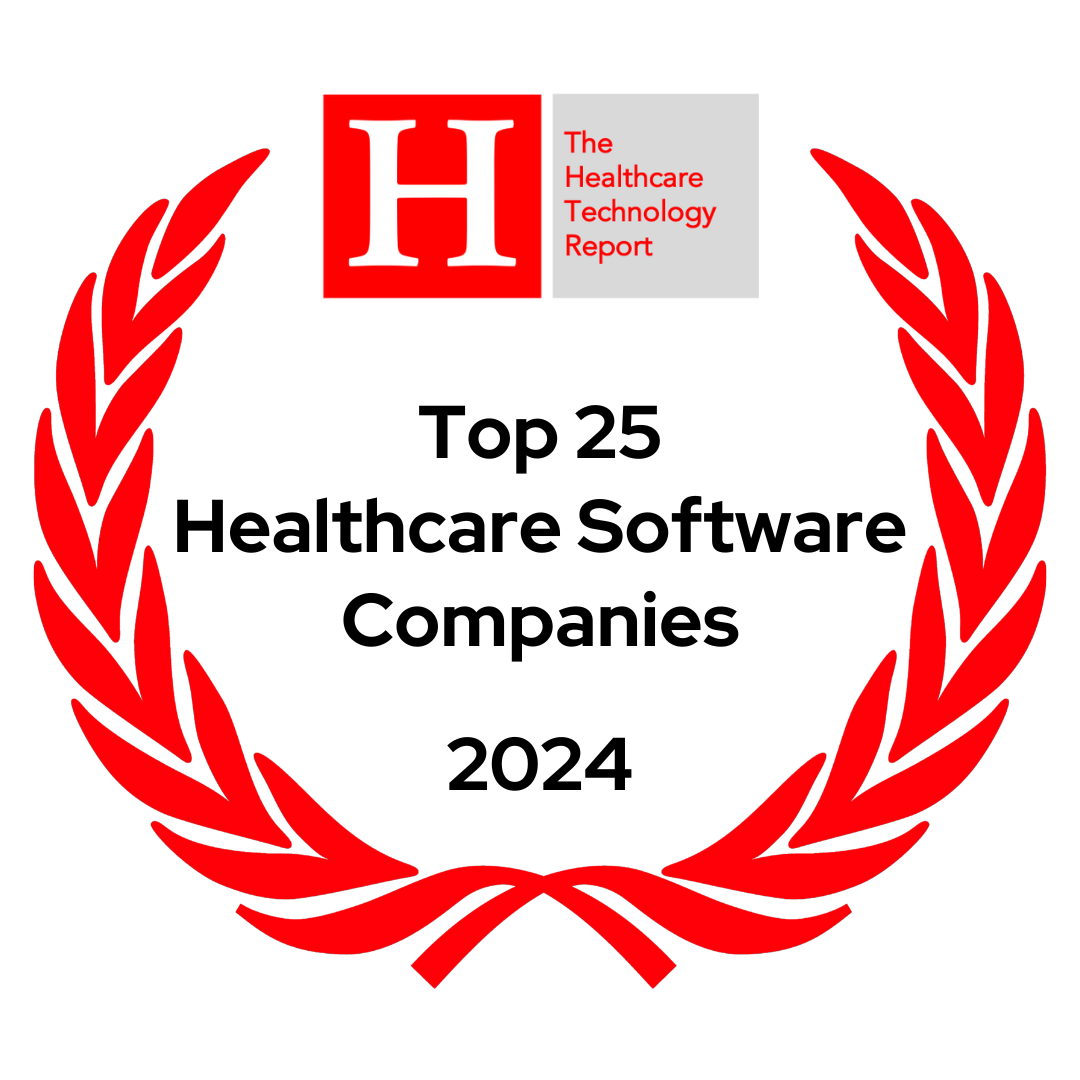At a conference with leading health system CFOs last week, participants shared valuable ideas, successes and struggles with their peers. Open discussions and panels provided thought-provoking insights for CFOs navigating today’s rapidly changing marketplace. Here are our four key take-aways:
1. Healthcare is dragging down the economy—and new players are entering to drive change
One speaker likened the $3.5 trillion healthcare industry to a parasite on the nation’s economy. Ever-rising healthcare costs are straining not only businesses, but also patients as their cost-sharing burden grows. Overpriced services, waste and over-utilization remain rampant.
While health systems are at different stages of moving toward value, change isn’t happening fast enough. That’s presenting opportunities for outsiders — tech companies, private equity firms and the government — to step in. If health system leaders don’t take action, they will find themselves on the defense instead of driving and shaping change.
2. But no silver bullet will solve healthcare’s problems
The number of players trying to disrupt the industry keeps growing. Consumer technology companies and private equity firms already have thrown their hats in the ring. But don‘t count on these companies to come up with a silver bullet that will clear the way forward. They’re learning how complicated the industry is, and their lack of understanding of the supply chain across the care continuum could dampen their efforts. Health systems need to step up and keep driving innovative solutions as well, given their understanding of their own industry.
Altogether, new disruptors could harm health systems by peeling off the most-profitable services, leaving health systems to manage the sickest and most complex patients. The result: Hospitals’ razor-thin margins get even tighter. Opportunities for partnerships with disruptors might prove worthwhile, but health systems will still have to do the heavy lifting of moving to value themselves.
3. The fight is on for control of the middle ground: premium and patients
In healthcare, the middle ground can be thought of in two parts. One part is thinking of the premium dollar. Health systems need to participate in more of the value chain, and right now Medicare Advantage is seen as the darling to help achieve that goal. But many health systems still are trying to figure out how to enter that market and with whom they should partner.
The other way to think of the middle ground is through the connection points that bind the patient and provider. More often than not, these junctions are outside of the hospital. Health systems have to get hold of these connection points or be left in the cold, especially because they are the very links in the care continuum that disruptors are targeting.
4. Congress is tuning in, and health systems must focus on value
The healthcare system’s failure to reform itself has left a vacuum that Congress is contemplating how to fill. In the absence of a cohesive industry message, lawmakers are swinging to the extremes, from Medicare-for-all to a laissez-faire approach.
For example, momentum is building to address surprise billing. Lack of self-policing within healthcare has brought the issue to a head, and balance-billing restrictions in the emerging bills might prove problematic for hospitals. To prevent Congress from coming up with solutions that are more damaging than constructive, health systems must speed the move to value and find what solutions will work within their industry’s constraints.
Make no mistake, moving to value is easier said than done. Working with an experienced operating partner can enable health systems to avoid common missteps and speed their shift to value. Such a partner works with the health system to build the internal capabilities that make success possible.

